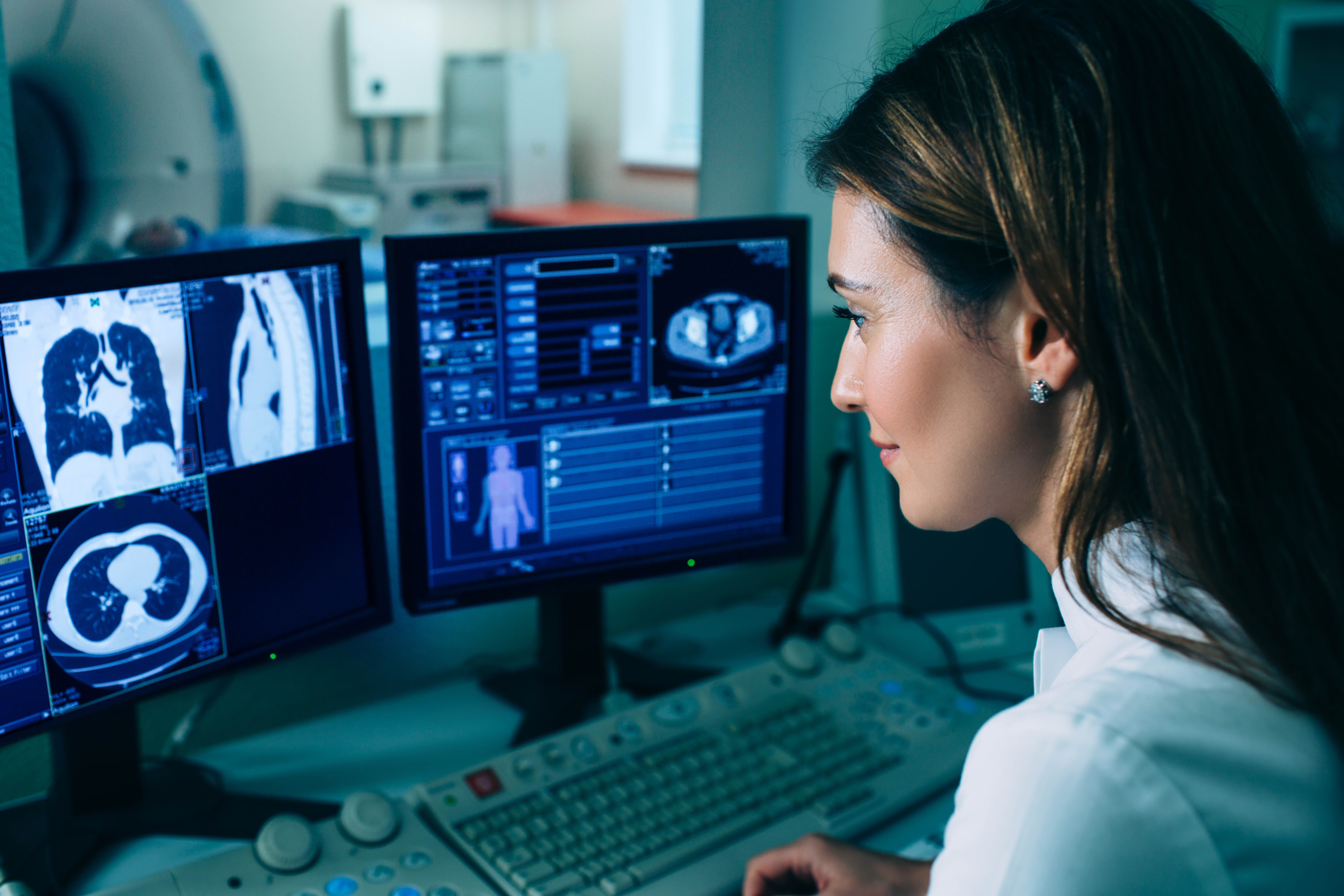Technology and innovation are playing an increasingly relevant role in radiology decision support systems
The radiology profession is defined by its elegant understanding of complex images and scans, providing in-depth analysis and insights essential in patient care. It is also defined by an increasingly complex landscape that’s faced changes in reimbursements, phenomenally increased workloads, and the incoming legislation affecting their use of clinical decision support tools.
In 2019, the Medicare Merit-Based Incentive Payments System (MIPS) consolidated the Physician reporting System (PQRS), the Physician Value-Based Payment Modifier (VM) and the Medicare Electronic Health Record (EHR) to create a more cohesive system for physicians. It asked that the professional get to grips with relatively complex weighted categories in order to manage reimbursement and productivity while adding to their already heavy admin-intensive workloads. This situation is further complicated by research that found that the average radiologist has to interpret one image every three to four seconds so that they can keep up with their steadily increasing workloads – far greater in 2019 than they were back in 2005 or even in the 1990s.
Now, the radiologist is looking at further changes to the profession. Changes designed to enhance patient care and radiologist functionality, but that few are prepared for – the Protecting Access to Medicare Act (PAMA) that is due to start on 01 January 2020. A part of the PAMA act asks that any physician ordering advanced imaging exams has to consult appropriate use criteria through the use of CDS tools. While the motivation behind this regulation is to improve patient care through more robust workflows, it does put pressure on radiology departments to find a radiology decision support software system that will integrate with existing platforms and workflows without affecting existing performance and systems. It is also integrated with MIPS and influences reimbursement in radiology practice.
Clinical decision support in healthcare
Not all technology is created equal – the right radiology decision support software solution has to be capable, relevant, recognized and reliable. According to the American College of Radiology, clinical decision support solutions should be capable of incorporating an existing reporting lexicon into the workflows and should be easily integrated into existing systems and technologies.
 Image credit
Image credit
While PAMA isn’t new, the impact has yet to be determined. Radiology departments need technology that will minimize any disruption while maximizing output and adherence to regulation. Artificial intelligence (AI) and deep learning solutions have become increasingly reliable in providing CDS systems, offering up additional data and capable of improving workflows and patient care.
AI-enabled radiology decision support systems can do more with less, helping to identify at-risk patients, reduce errors or mis-diagnoses, adherence to practice guidelines, and deeper data analysis for improved quality of insight and ongoing education. AI can sift through the huge quantities of data produced by the radiology department at high speed, potentially locating missed abnormalities or providing insights that can help radiologists make important decisions, faster.
Clinical Decision Support in Radiology
Beyond legislation and regulation that will affect radiology departments in the future, there are other benefits to implementing radiology decision support systems powered by AI. These decision support software solutions are becoming increasingly intelligent and capable, and more radiology departments are signing on to the benefits that they provide, especially as they are being recognized by organizations such as the Food and Drug Administration (FDA).
AI systems can help the radiologist to unlock hidden insights and recover data that could alter a diagnosis or improve future decision-making. It is capable of smoothing out wrinkles in workflows, mining legacy data, learning and evolving within specific practice guidelines, supporting radiology in diagnosis and adherence to guidelines, and so much more. It is not a replacement for the human factor, this is not feasible at current levels of technical capability, but more of an additional helping hand in the refining process and potential.
The American College of Radiology has invested in a space that focuses on AI use cases within the industry. The site offers relevant and tangible insights into how AI can be used to support the profession and what steps should be undertaken to ensure that the algorithms address specific points and requirements. The use case series is freely available and consistently updated. Another paper – Artificial intelligence in radiology: friend or foe? Where are we now and where are we heading? – outlines some of the additional benefits found in AI as a partner in the radiology profession. However, the same paper emphasizes the importance of doing a thorough and systematic evaluation of any AI application before it is integrated into clinical care.
In conclusion
Clinical decision support software offers the radiologist ample opportunity to enhance workflows, reduce system complexity, improve processes, support in diagnoses, and utilize legacy and existing data to inform decision making. Using the right AI system that’s system-agnostic – capable of integration across any system, PACS/RIS, or workflow – and recognized by the industry ensures a reliable partner in radiology capability and compliance with regulations, globally.
AI offers the radiologist a partnership, a shared opportunity to collaborate in the development of a more powerful and robust radiology department. PACS RIS AI integration provides to opportunity for enhanced productivity without the need to invest in additional hardware. In addition, the weight of data currently impacting on radiologist delivery and workload is the fuel that drives improved AI delivery and capability. The richer and deeper the integration, the more value the AI can deliver to radiologists.
As the radiologist shortage increases, the need for AI increases. When it comes to clinical decision support, Aidoc has developed a highly targeted customer success model that dedicates research and analytics resources to customers. This ensures that the AI works seamlessly and that information flow is transparent and consistent, allowing for the radiologist to see the benefits of the system and how it applies to their specific environment. Aidoc is a collaborative and extensive ecosystem that’s designed to evolve alongside customer needs well into the future.





